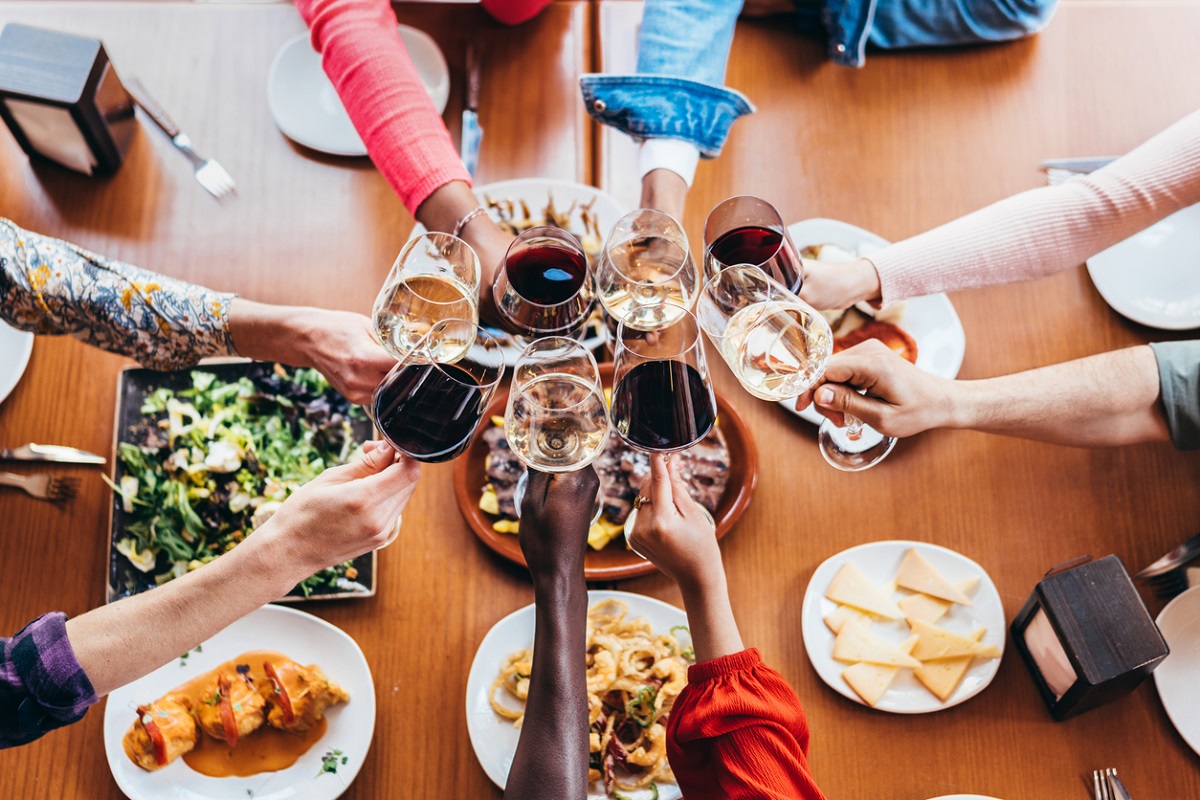By Peter Bailey, Manager Market Insights at Wine Australia
Recent data suggests that wine’s traditional role in the Australian on-premise channel is in decline. While interest in wine hasn’t disappeared, changing tastes, rising expectations and operational challenges are changing the way Australians engage with wine in bars, pubs and restaurants.
In response, Wine Australia commissioned research with Square Holes to better understand the evolving role of wine in this channel. The study explored how consumers interact with wine on-premise through consumption behaviours, on-premise motivations, consumption barriers, decision drivers and attribute preferences across demographics, sub-channels and occasions – and how Australian wine producers can respond to remain relevant and competitive in a changing cultural and commercial landscape.
Wine is losing ground to more dynamic, customisable beverages
The research found that wine’s traditional role as the cornerstone of on-premise dining is being challenged by the rise of cocktails and other beverages that offer greater visual appeal, personalisation and perceived value. Consumers are becoming more discerning, prioritising overall value and experience rather than price alone.
Wine still resonates where it is thoughtfully curated, visually engaging and aligned with evolving consumer tastes.
Younger consumers aren’t rejecting wine, they’re just in different settings
Age significantly shapes wine engagement, with the connection to wine growing with age. Millennials and older consumers associate wine with meals and curated settings, while younger drinkers opt for faster, simpler options such as avoid it, opting for spirits, cocktails or RTDs in the loud or busy environments they frequent. Wine is more likely chosen when it feels intentionally integrated into the overall venue experience.
Complexity, not cost alone, is turning people away
Perceived cost, complexity, and limited variety are leading deterrents for wine consumption. Consumers perceive wine as more expensive than other drinks, difficult to navigate due to unfamiliar or overwhelming wine lists and lacking sufficient by-the-glass or preferred style options. The fear of making the wrong decision (particularly with cost-of-living increases) makes selecting a wine a higher risk proposition.
Execution gaps are costing the category
The main barrier is execution, not lack of interest. Consumers still want wine, but staff discomfort, complex menus and poor presentation create friction. Most on-premise consumers make spontaneous purchase decisions, however, will stick to drinks they know they’ll enjoy, driven by a strong desire to avoid wasting money.
This cautious behaviour is consistent across age groups and reflects a broader focus on value, health and mindful consumption.
To respond to these dynamics, the research outlines five strategic recommendations:
- Simplifying wine experiences and improving staff confidence to overcome capability gaps
- Adapting wine formats and activating at point of sale to better fit casual and diverse contexts
- Boosting consumer motivation through value-driven, taste and storytelling-led approaches
- Repositioning wine as a flexible, everyday / all occasion option
- Tailoring strategies by winery size and venue type
For more insights and detail on the recommendations, you can scan the QR code to find the report on Wine Australia’s website.
This article originally appeared in the August-September issue of National Liquor News.

